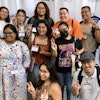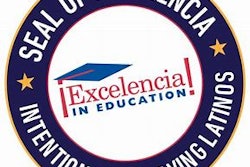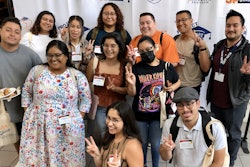WASHINGTON
More support for Pell Grants and minority-serving colleges are two of the best strategies to expand access to postsecondary education, witnesses told the U.S. House of Representatives’ higher education subcommittee yesterday at the panel’s first hearing of the 110th Congress.
Historically Black colleges, Hispanic-serving institutions and tribal colleges “represent some of the nation’s most important but underserved postsecondary education resources,” said Jamie Merisotis, president of the Washington, D.C.-based Institute for Higher Education Policy.
These colleges serve 2.3 million students, or about one-third of all minority students in higher education, Merisotis said. Enrollment also is rising steadily at these institutions, which attract a much larger share of Pell-eligible students than other colleges and universities.
In testimony to the Subcommittee on Higher Education, Lifelong Learning and Competitiveness, Merisotis called for expanding Titles III and V of the Higher Education Act, which helps support MSIs. “No group of institutions does more to promote the dual goals of investing in students who might not otherwise go to college and ensuring accountability to those students than minority-serving institutions,” he said.
To help low-income students nationwide, Congress also should increase the maximum Pell Grant to at least $6,000, he said. Such an increase — from the current top grant of $4,310 — would cover nearly half the cost of attendance at a typical public four-year college or university.
Financial aid and access issues also are priorities for the subcommittee’s new chairman, U.S. Rep. Ruben Hinojosa, D-Tex. In convening the hearing, Hinojosa expressed concern that the nation is “shortchanging” the next generation of college students.















